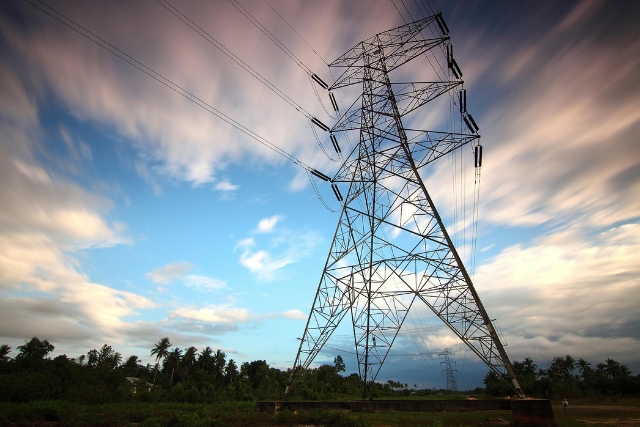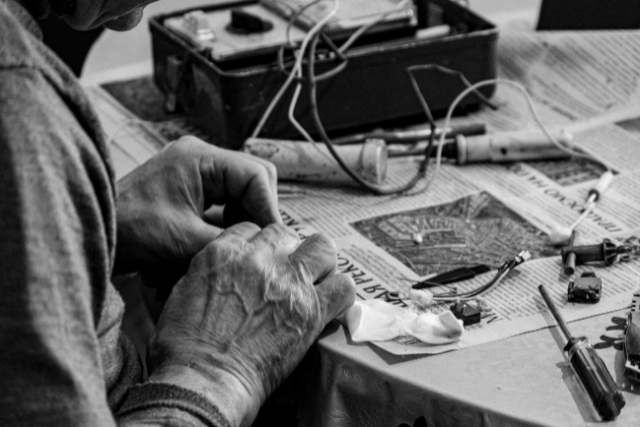Looking back to study the history of electronics allows us to better understand its current…

History of electricity and the electric cable
Introduction
At Electrolomas, we have discussed on several occasions about the electric cable, its definition, composition and classification. However, it is fascinating to explore the origin of this invention that has revolutionized our way of life, bringing electricity to any place needed. This article will explore the historical evolution of electricity and how the development of the electrical cable has been crucial in this process.
Origins of electricity
The history of electricity begins in ancient times. Around 600 BC, the Greek philosopher Thales of Miletus observed that rubbing amber with skin attracted light bodies. This phenomenon marked the first steps towards the discovery of the electrical nature of matter.
Fast forward to the 16th century, when English physician William Gilbert conducted more formal studies, identifying materials that emulated the behavior of amber, which he called “electric.” Gilbert also invented the versorium, a device that helped determine whether a body was electrical.
Developments in the 18th Century
In the 18th century, the Frenchman Charles du Fay discovered the existence of two types of electric charges. He observed that similar materials repelled each other, while different types of electrical materials attracted each other, introducing the idea of opposite electrical charges.
Benjamin Franklin also contributed significantly during this century, proposing the theory of electric fluid. Franklin suggested that electricity was a type of fluid that could be transferred between objects, with bodies carrying positive electricity and others carrying negative electricity, establishing the foundation for the understanding of electrical conductivity.
The invention of the Electric Battery
Alessandro Volta, in 1780, was a pioneer by inventing the electric battery, demonstrating that conductive metals such as copper and iron were essential for the transmission of electricity. His invention led to the use of copper plates, which were eventually miniaturized to become modern electrical cables.
Advances in the 19th and 20th centuries
With the invention of the electric battery, the 19th century saw a rise in interest in electricity. Inventors such as Thomas Alva Edison and Samuel Morse created devices that ran on electricity, such as the light bulb and the telegraph, respectively. This period also marked the beginning of the electrification of streets and homes, replacing candles and oil lamps.
In the 20th century, the proliferation of electricity-based devices triggered a revolution in both electricity and electronics, significantly improving human well-being and giving rise to a powerful economic sector.
Conclusion
The history of electricity and the electric cable is a chronicle of curiosity, ingenuity and human progress. From the early experiments of Thales of Miletus to modern technological applications, the development of the electrical cable has been instrumental in bringing energy to our homes and cities, transforming every aspect of our lives. At Electrolomas, we celebrate this history and continue to contribute to the advancement of electrical and electronic technologies for the future.
